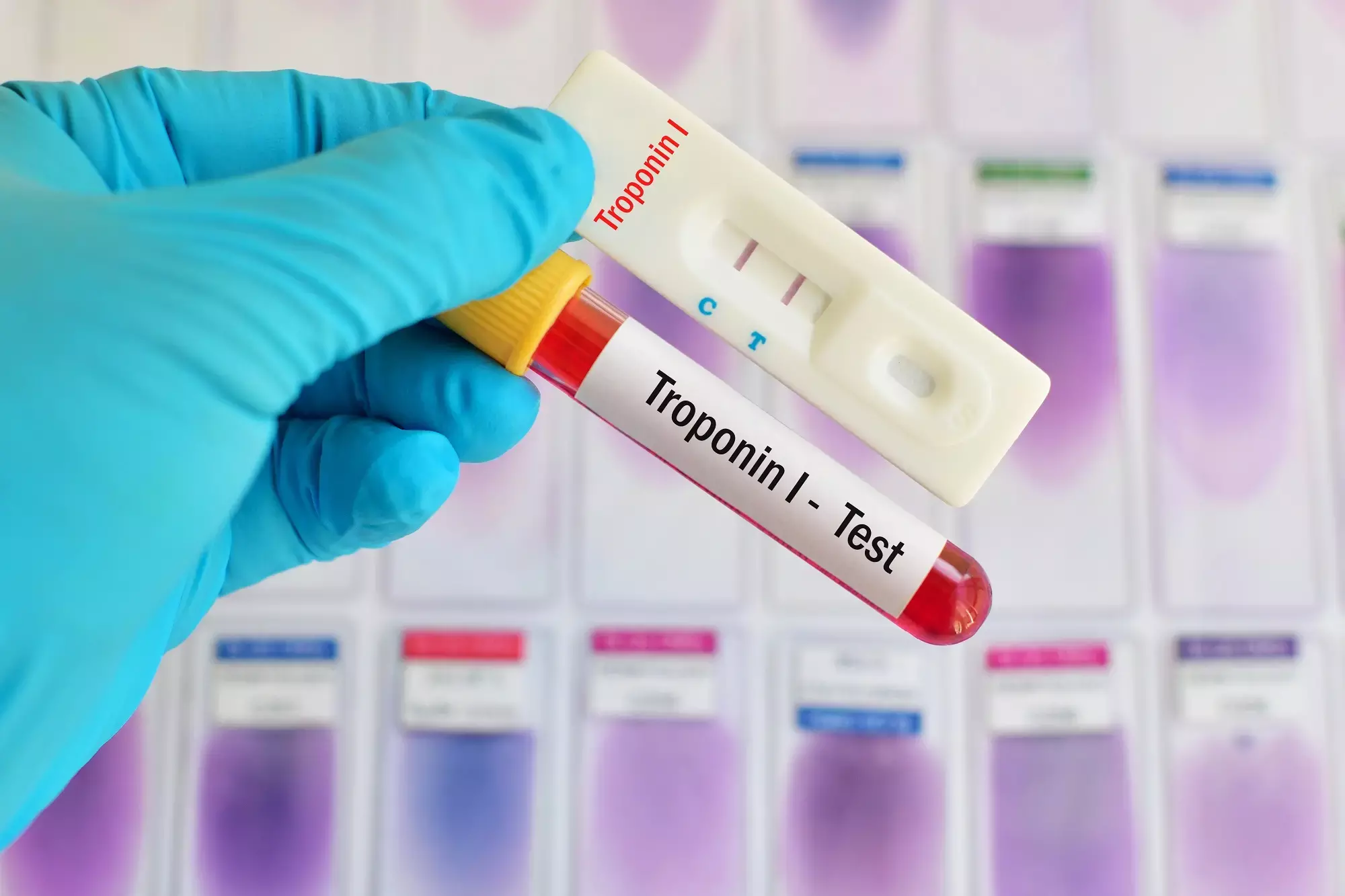- Home
- Medical news & Guidelines
- Anesthesiology
- Cardiology and CTVS
- Critical Care
- Dentistry
- Dermatology
- Diabetes and Endocrinology
- ENT
- Gastroenterology
- Medicine
- Nephrology
- Neurology
- Obstretics-Gynaecology
- Oncology
- Ophthalmology
- Orthopaedics
- Pediatrics-Neonatology
- Psychiatry
- Pulmonology
- Radiology
- Surgery
- Urology
- Laboratory Medicine
- Diet
- Nursing
- Paramedical
- Physiotherapy
- Health news
- Fact Check
- Bone Health Fact Check
- Brain Health Fact Check
- Cancer Related Fact Check
- Child Care Fact Check
- Dental and oral health fact check
- Diabetes and metabolic health fact check
- Diet and Nutrition Fact Check
- Eye and ENT Care Fact Check
- Fitness fact check
- Gut health fact check
- Heart health fact check
- Kidney health fact check
- Medical education fact check
- Men's health fact check
- Respiratory fact check
- Skin and hair care fact check
- Vaccine and Immunization fact check
- Women's health fact check
- AYUSH
- State News
- Andaman and Nicobar Islands
- Andhra Pradesh
- Arunachal Pradesh
- Assam
- Bihar
- Chandigarh
- Chattisgarh
- Dadra and Nagar Haveli
- Daman and Diu
- Delhi
- Goa
- Gujarat
- Haryana
- Himachal Pradesh
- Jammu & Kashmir
- Jharkhand
- Karnataka
- Kerala
- Ladakh
- Lakshadweep
- Madhya Pradesh
- Maharashtra
- Manipur
- Meghalaya
- Mizoram
- Nagaland
- Odisha
- Puducherry
- Punjab
- Rajasthan
- Sikkim
- Tamil Nadu
- Telangana
- Tripura
- Uttar Pradesh
- Uttrakhand
- West Bengal
- Medical Education
- Industry
High-Sensitivity Troponin I Helps Identify Patients Who Need Revascularization post cardiac surgery

Identifying post-CABG myocardial infarction and the need for revascularization is challenging and requires the integration of various clinical parameters in a comprehensive yet timely assessment. A recent study suggests that high-sensitivity cardiac troponin I (hs-cTnI) at 12-16 hours post-cardiac surgery helps to determine patients who required additional revascularization. The study findings were published in the European Heart Journal on February 15, 2022.
The European Society of Cardiology issued recommendations to use a threshold of 70× URL of cardiac troponin in addition to ECG, echocardiographic and hemodynamic criteria to aid in the diagnosis of post-cardiac surgery myocardial infarction based on evidence of its association with mortality. Current troponin cut-offs suggested for the post-operative workup of patients following coronary artery bypass graft (CABG) surgery are based on studies using non-high-sensitive troponin assays or are arbitrarily chosen. Therefore, Dr Hazem Omran and his team conducted a study to identify an optimal cut-off and timing for a proprietary hs-cTnI assay to facilitate post-operative clinical decision-making.
In a retrospective study, the researchers included 4,684 patients who underwent elective isolated CABG from 2013–to 2019. They measured hs-cTnI was measured 24 hours prior to surgery as well as serially at 4-hour intervals up to 48 hours post-surgery. The major outcome assessed was repeat revascularization (percutaneous coronary angiography or redo surgery).
Key findings of the study:
- Upon analysis, the researchers found an optimal cut-off value for peak hs-cTnI of >13 000 ng/L [>500× the upper reference limit (URL)] to be significantly associated with repeat revascularization within 48 h after surgery, which was internally validated through random repeated sampling with 1000 iterations.
- They observed the same cut-off predicted 30-day major adverse cardiovascular events and all-cause mortality after a median follow-up of 3.1 years, which was validated in an external cohort.
- Upon decision tree analysis of serial hs-cTnI measurements, they found no added benefit of hs-cTnI measurements in patients with electrocardiographic or echocardiographic abnormalities or haemodynamic instability.
- They further noted that the early post-operative hs-cTnI elevations had a low yield for clinical decision-making and only later elevations (at 12–16 h postoperatively) using a threshold of 8000 ng/L (307× URL) were significantly associated with repeat revascularization with an area under the curve of 0.92.
The authors concluded, " Our results suggest that optimal cut-off values to trigger repeat ICA and decision for repeat revascularization are considerably higher than those recommended by current algorithms, achieve better patient reclassification, and robustly predict short- and long-term cardiovascular outcomes. Indeed, an approach incorporating hs-cTnI levels elevation at 12–16 h with these criteria conferred the best performance."
In a summary report, Dr Salim Hayek wrote, "This study examines the association between hs-cTnI and repeat revascularization to provide cut-offs that could help as a decision-making tool. hs-cTnI levels >500× the URL at 12-16 hours post-cardiac surgery was the optimal cut-off in discriminating between patients without other signs of acute coronary syndrome who required revascularization."
For further information:
https://doi.org/10.1093/eurheartj/ehab918
Medical Dialogues Bureau consists of a team of passionate medical/scientific writers, led by doctors and healthcare researchers. Our team efforts to bring you updated and timely news about the important happenings of the medical and healthcare sector. Our editorial team can be reached at editorial@medicaldialogues.in.
Dr Kamal Kant Kohli-MBBS, DTCD- a chest specialist with more than 30 years of practice and a flair for writing clinical articles, Dr Kamal Kant Kohli joined Medical Dialogues as a Chief Editor of Medical News. Besides writing articles, as an editor, he proofreads and verifies all the medical content published on Medical Dialogues including those coming from journals, studies,medical conferences,guidelines etc. Email: drkohli@medicaldialogues.in. Contact no. 011-43720751


